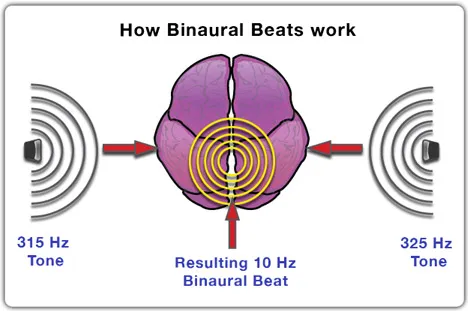In today’s fast-paced world, innovative ways to achieve relaxation and mental clarity are gaining traction. One such trend is sound healing, a therapeutic approach that uses sound frequencies to promote emotional and physical well-being. Unlike traditional practices like yoga or journaling, sound healing is a passive yet powerful way to enhance the mind-body connection.
What is Sound Healing?
Sound healing is a practice that involves using specific sound frequencies and vibrations to align and harmonize the body. It is based on the principle that all living beings vibrate in different ways, and these vibrations can have a profound effect on emotional and physical states. Consequently, stress, anxiety, and anger elevate the body’s frequency, creating tension and alertness. This understanding forms the foundation of sound healing’s therapeutic effects.
The Science Behind Sound Healing
Interestingly, sound has been shown to activate the brain’s pleasure centers, similar to how food or intimacy does. According to Dr. AZA Allsop of Yale University, certain sound frequencies can induce meditative or altered states of consciousness. In fact, studies suggest that these frequencies can:
- Calm the nervous system
- Boost creativity
- Improve focus
As a result, sound healing works by stimulating the brain and facilitating a more balanced mental state.
Popular Techniques in Sound Healing
1. Schumann Resonances
One well-known phenomenon is the Schumann resonances, often referred to as the Earth’s “heartbeat.” These vibrations, which occur at 4.83 Hz, are integral to many sound healing practices. For example, wellness centers like Lanserhof incorporate this frequency into their routines, helping to ground and relax guests. Additionally, this frequency is often used in combination with other sounds for optimal effect.
2. Solfeggio Frequencies
Another popular method is the use of Solfeggio Frequencies. These frequencies, ranging from 396 Hz to 852 Hz, are considered “pure sounds” and are believed to have healing properties. As a result, they are commonly used in sound therapy to promote well-being and balance.
3. Binaural Beats
Binaural beats are created when two tones at slightly different frequencies are played together. Interestingly, the brain perceives a third tone, which has therapeutic effects. Binaural beats are said to mimic the effects of a deep tissue massage, easing tension and promoting relaxation. Consequently, they are commonly used in sound healing to release physical and mental stress.
Benefits of Sound Healing
Research consistently highlights the therapeutic potential of sound healing. For instance, a 2020 study found that binaural beats and 432 Hz music helped calm dental patients, reducing anxiety. Similarly, another study revealed that singing bowl meditation sessions improved mood and alleviated anger and fatigue. Moreover, sound healing offers an alternative for those who find traditional therapies, such as talk therapy, uncomfortable or ineffective. In these cases, sound healing provides a non-invasive, soothing alternative.
Tools and Accessibility
While advanced tools like the $10,000 Sava machine offer cutting-edge experiences, sound healing is also accessible to everyone. Platforms like YouTube and Spotify feature playlists with binaural beats, Solfeggio Frequencies, and Schumann resonances, making it easy to explore this practice at home. Furthermore, many sound healing practitioners share free resources online, allowing individuals to enjoy its benefits without a significant financial commitment.
Conclusion
Sound healing combines ancient practices with modern science, offering a gentle yet effective way to improve mental and emotional well-being. Whether you’re using luxury sound baths or listening to online playlists, the journey to inner peace is within reach. Consequently, as more people discover its benefits, sound healing is quickly emerging as a natural remedy for the challenges of modern life. Therefore, why not let your ears guide you toward harmony and tranquility?




